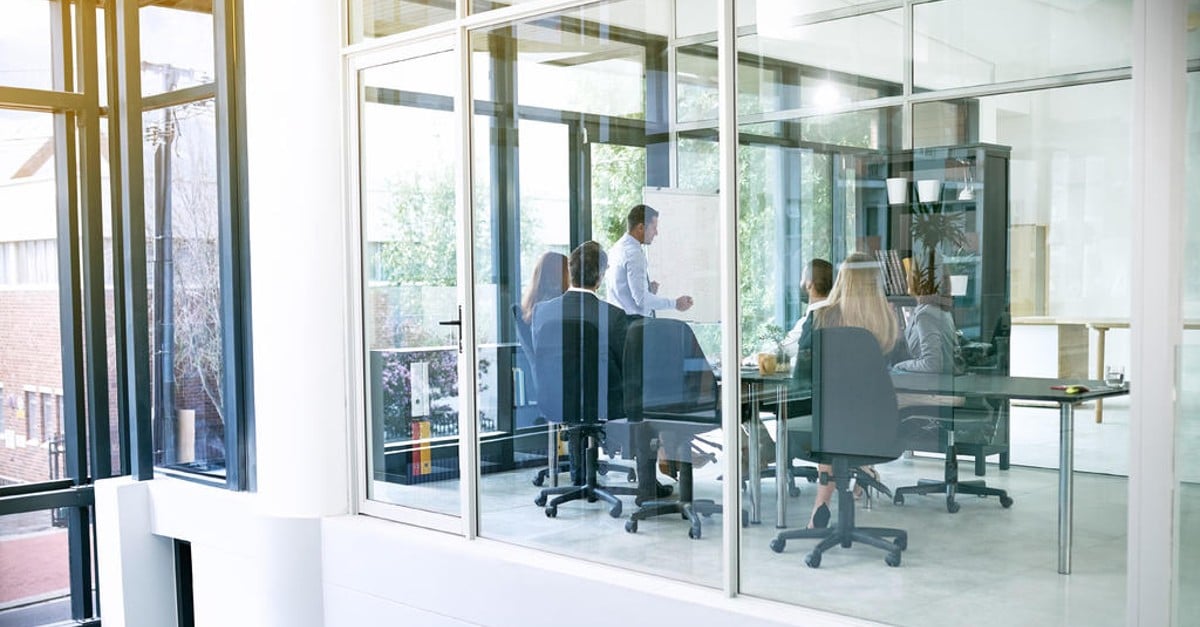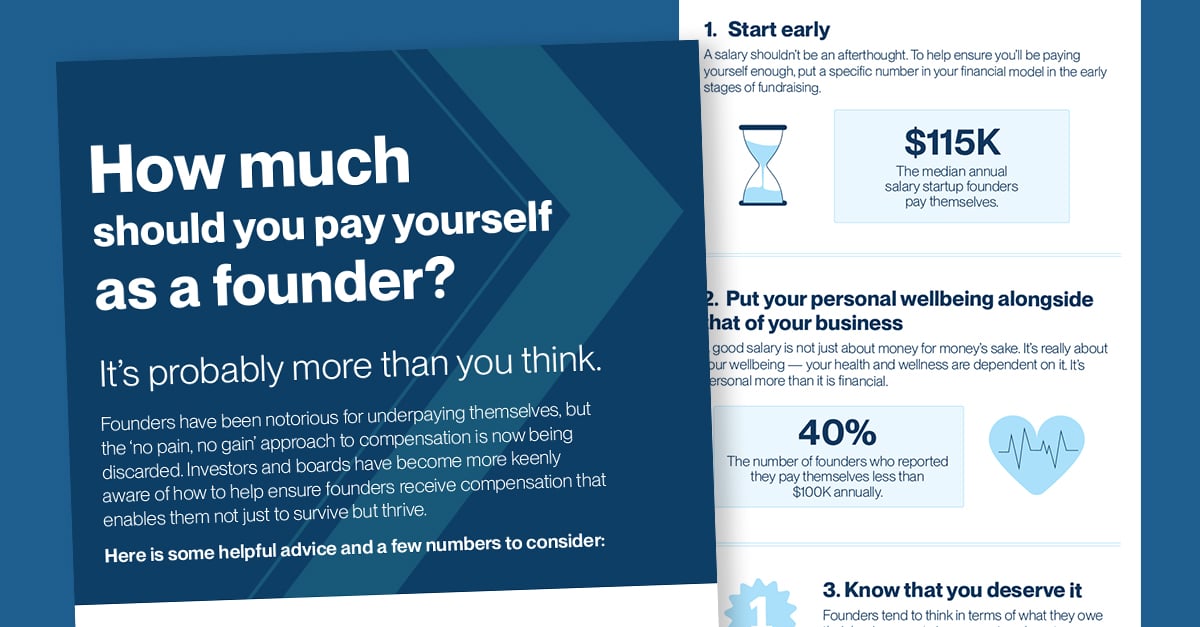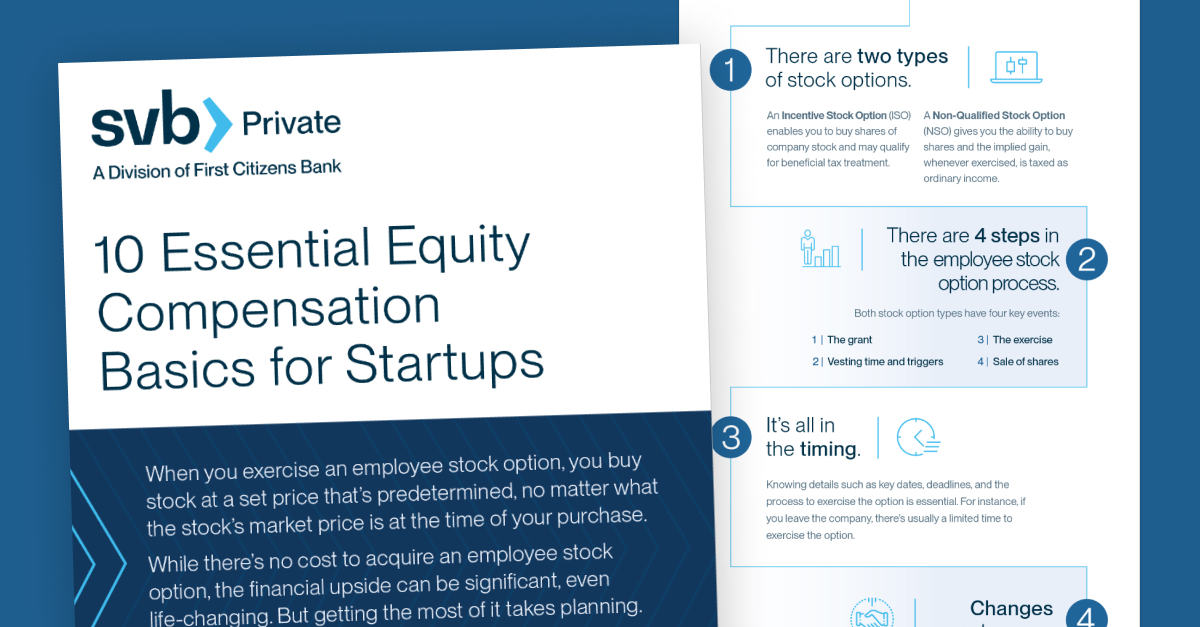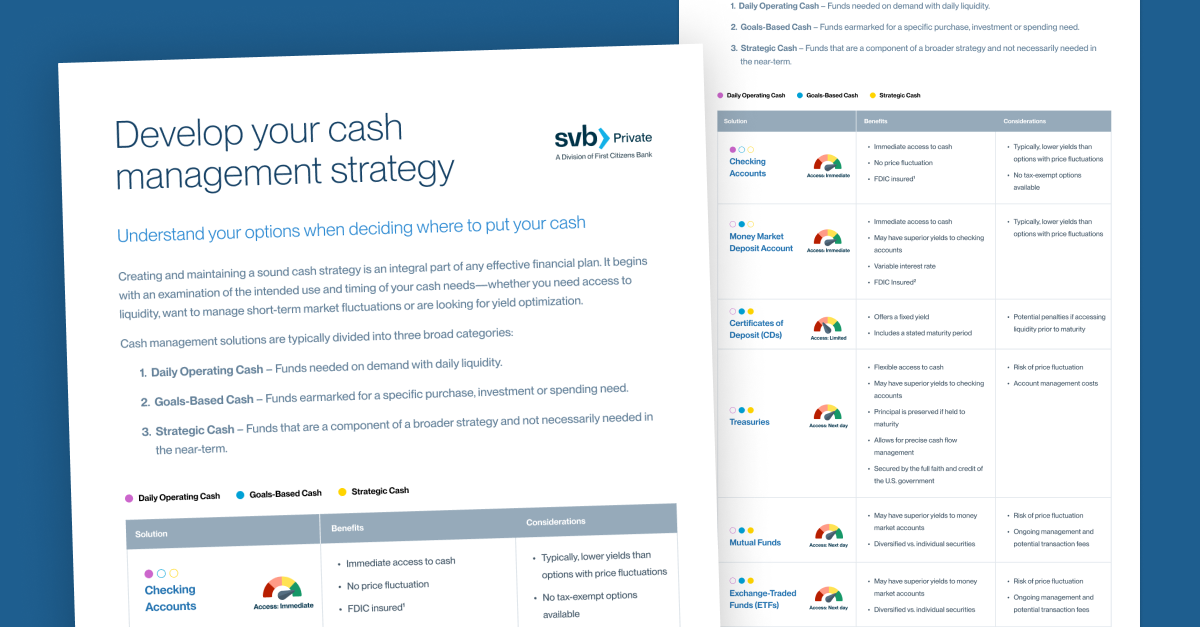Chief Investment Officer, Shannon Saccocia discusses the set of forces driving changes in fixed income securities with SVB Private’s Head of Fixed Income, Garrett Mancini and Silicon Valley Bank’s Head of Asset Management, Patty Kao.
Transcript
Shannon Saccocia: Hello and welcome to the Perspectives Podcast. I'm Shannon, Saccocia, Chief Investment Officer at SVB Private and I want to thank you for joining me on today's podcast. We are going to discuss how the landscape of fixed income investing has changed over the last year.
With me to dig into this topic are Patty Kao, Head of Asset Management at Silicon Valley Bank, and Garrett Mancini Head of Fixed Income at SVB Private.
Patty and Garrett, how about a brief introduction of how your background and roles here at SVB Financial have unfolded? Patty, I'll start with you.
Patty Kao: So, SVB management is a part of the Commercial Bank at SVB. We manage money for over 600 of some of the largest clients of the Bank for Treasury clients, and they're ranging from Series A clients to pretty big, public companies as well. And as far as my background, I've been in and around markets, mostly bond markets for over 20 years. I started on the institutional sell side and I've done stints at the US Treasury Department as well as product development at Black Rock before coming to SVB.
Shannon Saccocia: Great, thank you. Garrett, how about you?
Garrett Mancini: Yes, hi, Shannon. Hi, Patty. Thank you for having me. It is a pleasure to join you on the podcast today. My name is Gary Mancini, and I help lead the Fixed Income team at SVB Private. I come from an analytical background. I began my career as a Performance Measurement Analyst the Bank of America and after a number of years I used that experience and some of the relationships that I had developed to move on and join a company called Boston Private Bank and Trust and continued as a Performance Measurement Analyst with Boston Private, who at the time had a firm initiative of claiming, compliance and being verified.
I like to think I had an idea of what I was getting into, but not. That was an incredible amount of work, but what it allowed was for me to really start working closely with all the different groups of the bank and directly with investment teams and with portfolio managers. It gave me an opportunity to understand different strategies and the different mechanics involved.
I was eventually given a chance to move on from performance internally and join the Fixed Income team where I've been now for eight years. I've held multiple roles on the team, ranging from analyst to trader, to portfolio manager. So, I’ve really become intimate with our strategies, our processes and really our clients. Joining SVB Private has allowed our team to interact with so many new folks. For me, it's really exciting and a new challenge that we all face together as we move forward and grow. As for my role here at SVB. I'd say, my role is to really listen to our clients and to design and develop fixed income solutions for them that are competitive, long-lasting and really unique to their short-term and long-term goals, and then to deliver on those solutions.
Shannon Saccocia: Great. Thank you so much, both of you for being here. One of the reasons that we wanted to talk a little bit about fixed income is, as I mentioned, it has been a huge year with a lot of changes for fixed income investors, some positive, some negative but all represent potential opportunities in in my mind.
In terms of where we've come from, from say late 2019 to today. The impact of the pandemic has been very interesting in terms of what has happened for the fixed income markets. We were entering into a Fed tightening cycle, really through 2018, pausing 2019, and then in 2020 obviously the Fed had to get very aggressive in terms of accommodated monetary policy to react to was happening in the credit markets due to the pandemic and really infused a significant amount of liquidity into the markets during that period, cutting rates, and we've already had an extremely large increase over the past decade in the balance sheet of the Fed. And now we're entering into this new phase of normalization.
That normalization has been reflected in the performance of the bond market through much of 2022. And yet, for many fixed income investors, those who are trying to maximize the use of their balance sheet to, you know, everyday savers. The environment has certainly become more attractive than the zero-rate environment often known as TINA, or there is no alternative to stocks for many years. So, with that I'm going to turn it over to my guests who are experts in this area.
Patty, if you don't, mind, I'm going to start with you. Can you talk about the challenges that you're hearing from your clients in meeting their needs in this environment, as I've just described?
Patty Kao: Yeah, that was a great summary. And definitely it's a challenging environment. I'll start kind of bigger picture and then hone in a little closer on you know, some of our day-to-day investment decisions. But I think the upshot of it is really kind of the volatility and the overhang of the economic environment.
Our clients’ year to date, as you'd mentioned, you know the market has had a lot of volatility, if I look at the public companies that are on our roster, their aggregate market capitalization is down pretty significantly. So that presents a number of challenges for them in terms of the funding environment, in terms of their ability to reinvest back in their businesses and in terms of just you know what the outlook is looking like.
I know we'll get to this, but you know the Fed is really indicated that it is data dependent, and I think we're all watching to see whether they can avoid a hard landing into a full-blown recession. So, I would say those are some of the big picture challenges that face, not just my client base, but you know probably everybody, as far as the investing environment for fixed income.
Yesterday was exactly six months since Fed liftoff. And since then, we've had really not unprecedented, but you know, really the first time in 30 years we've had a rate move this large, this quickly, so that's leading to some difficult conversations around, you know, mark-to-markets and unrealized losses in, you know, some existing positions in client portfolios. But I think the flip side is, you know, the good news is that yields are back, right? We're not quite at 4% yet, but 4% is meaningful. If a client has, you know, a 24-month runway, that's a whole extra month of burn. So, you know, I would say that there are opportunities here. Sometimes they joke the fixed income markets are becoming interesting for the first time in 15 years.
Shannon Saccocia: So, I'm going to key in on something that you talked about, and because I think it's important to understand the dynamics that we talk a lot about this enormous infusion of liquidity into the markets in general. But for the clients that you're working with, they were significant beneficiaries of that liquidity in terms of funding. And so, you talked about the increase in cash burn. How agile do you have to be on a day-to-day basis in understanding the potential changes in that cash burn, and how much more interaction are you having with your clients on a day-to-day basis, because that, what I would call, fire hose of liquidity has shut down over the course of the last year or so?
Patty Kao: Yes, absolutely hit the nail on the head. Our clients had been the beneficiaries of that liquidity, and a lot of it found its way to our management as well. It's actually something that we pride ourselves in as somewhat unique in the world of investment management, because of whom we serve in the innovation economy, our clients’ cash balances do some funny things: they burn, they raise, they sometimes acquire, they sometimes make big capital expenditures that are unanticipated, so absolutely we are in touch with them, if not daily, then certainly frequently enough across the roster.
And I'd say, maybe anticipating, where we're going next, you know, how are they reacting to this? I think there's a couple different paths. Some are keeping some additional liquidity as a cautionary measure for sure, and others are actually increasing their risk appetite, I mean, within the contours of a corporate cash portfolio, so that can mean a little extra duration, maybe some extra spread risk. And then some are doing both right, as more of a barbell approach, holding more cash but also taking additional risk with those investment balances.
Shannon Saccocia: Great, thank you. Garrett, conversely, you know, we really focus, in the private bank where I sit as the Chief Investment Officer, on individual clients, families, individuals, you know, and not-for-profits. How you know what are the differences, or perhaps similarities, for teams such as yours, of building out portfolios is in this environment, and maybe you can expand upon some of the things that Patty just talked about?
Garrett Mancini: Sure. Yeah, I mean it's certainly a challenging environment and Patty touched on a lot of the challenges that we're facing. You know, rising rates and negative returns are the ones to mention. Tight inventory on the front end of the curve, where it's really hard to find spread and quality names. The speed at which anything that looks like value trades. All definitely challenges.
But I'd say the biggest challenge we face is managing client expectations. When in this environment it feels like things can really change pretty drastically based on a headline or a single data point. Look, rates are up 150, 350 basis points across the Treasury curve here today. Most would see that as a tremendous opportunity to invest, you know, being up one and a half, three and a half percent compared to the end of the year.
But the move has been so quick and so sudden that what looked like a great opportunity in the first half of the year, now looks like you were probably a little early to the game. And it's really easy to get lost in the short-term volatility, particularly when you're looking at an appraisal of unrealized losses. The client feels it. We feel it too. So, for me, my challenge in this environment is to help clients maintain focus on their long-term goals, and what we are trying to actually accomplish in their overall fixed income allocation, which for the most part is principal preservation and income generation, while generating a modest return on a risk-adjusted basis.
That's not to say we don't recognize what new opportunities are in the market. Always say that with these challenges come opportunity and we've been able to capitalize on them for a number of our different clients. We've even developed new strategies to take advantage of the rising rate environment, particularly focused on the front end of the curve to serve as investment solutions for cash.
So, we are taking advantage of the volatility that we see in the markets, and doing our best to incorporate them tactically into our strategies. But it is important for our clients to keep perspective on their long-term goals, and what the fixed income allocations are truly intended to do, especially in balance with the markets.
Shannon Saccocia: To expand on that one of the things that we're looking at in overall flows, for instance, whether it's at the institutional level, or whether it's in private clients or family offices, is this reallocation from risk assets in areas such as public equities to fixed income just given the shifting dynamic in terms of the opportunity for yield. Are you hearing that from clients? Are you hearing, and is that being received in a positive way that they're happy, that they potentially can take some of the additional risk off the table and earn a yield that is commensurate with their needs from a portfolio perspective?
Garrett Mancini: That's a really good question. With rates having been so low for so long, I think that a lot of portfolio allocations were naturally underweight fixed income, and rightfully so. No one really wanted to talk about fixed income portfolios when we were eking out one, one and a half percent and equities were up double digits, right?
I'd say that higher rates have definitely brought fixed income back into a lot of the overall investment conversations. The advisors we work with did a great job, really at the beginning of the year, taking advantage of the higher equity market, trimming individual equity positions that had outperformed and reallocating those proceeds to fixed income as rates increased, slowly moving their portfolios back towards a neutral allocation. I wouldn't say that we've seen an outright selling of overall equity, at least not on a mass scale.
Maybe that's due to the recent pullback in the stock market, but we are reinvesting maturities with more regularity. We're seeing high cash balances put to work, and that's really something I alluded to earlier. The movement in short-term rates finally has investors asking what to do with their cash balance. They're looking at fixed income to offer some cash solutions, particularly with any targeted liabilities or cash needs they may have.
So, I think people are starting to look at fixed income as a way to get creative for their clients, and a way to minimize risk, but not to the point where they're fully de-risking their portfolios and moving out of equities. Despite your reference to the higher relative value offered by fixed income in today's yield.
Shannon Saccocia: Great thanks, Garrett. One of the things I really want to touch on, because this has been a theme in the investment world, but also an important area of focus here at SVB. Patty, could you add a few thoughts on how your team is thinking about ESG alignment to sort of shift the conversation away from just the financial.
Patty Kao: Yeah, no problem. ESG is something we've all been hearing about for some time, and it's actually picked up in the press recently, and it's also a personal interest of mine. As far as our clients go, you know, remember these are corporate treasury clients of the commercial bank. We have a relatively small but growing interest in ESG and impact investing from a couple different angles. Some, I think, are looking, you know quite frankly just to signal some halo effect goodwill alignment, but others actually have some very thoughtful mission-driven approaches that are, trying to align with their core purpose, their footprint, their presence in communities where they operate. So, it's actually a pretty wide range as far as how we are approaching it. We are still learning, but I think our goal for the near future is to adopt a greater sense of urgency around the integration of ESG factors into our investment process, you know, at a pretty high level.
At the moment we are able to offer an ESG strategy that relies predominantly on some of the work that you know third-party ratings entities have done with respect to evaluating the environmental, social and governance characteristics of issuers that we might invest in, and I think, at a minimum, what that does is allows our clients to be a little more selective about avoiding certain unattractive activities, I think the common ones are tobacco and firearms, or perhaps just nudging their portfolios a little higher in terms of companies that were issuers that score a little better relative to their sector peers. Now, remember, our degrees of freedom are a little bit limited because we invest in short duration fixed income. You know, I think, on the margins it does allow our clients to have better alignment of their portfolios with their values.
Shannon Saccocia: It's certainly something that we've all heard a lot about, and I think to your point, attempting to apply a level of evaluation, but not necessarily detracting from the great work that your team is already doing is always an important part of this process. And so, I appreciate you going into detail, bringing all of this together.
You know, I think one of the things that we continue to hear from clients and out in the investment universe is, where are the biggest opportunities as well as the biggest risks. And so, if I could ask you, I know it's hard. We're all spending a lot of time thinking about both opportunities and risks, and there are a myriad of them in this uncertain environment. We've got a Fed that's running off a balance sheet the first time, and we really haven't seen that before. What will that do to financial conditions? You know how far behind is the Fed? And does that data dependency potentially become their Achilles heel if they're looking at the wrong types of data.
So, for each of you, just you know one or two of the biggest risks and opportunities that you see today to close out and leave our listeners with. Garrett, I'll start with you.
Garrett Mancini: So, I actually think an aggressive Fed is going to lead to a tremendous opportunity in the markets, and I really think it's staring at us in the face on the dot plot. I mean the Fed has made it clear that they plan on overshooting the long-term Fed funds rate, driving rates past the neutral rate to get inflation under control. The market in turn is going to respond and do the same thing and end up oversold. I think this is going to lead to more opportunity to lock in really some higher yields, especially on the front end of the curve, before we see a general rally in the rate market.
I do think that rally will be driven by a Fed that ends up underdelivering on the market's projected rate hikes. Or if by some chance, and Patty you references earlier, they are so aggressive that we end up in a deep recession. If we have a deep sustained recession, there will be a flight to safety and bonds will rally, especially high quality. I'd say the biggest risk I see over the next several years is likely in low quality credit, and high yield.
We are coming off historically low rates and spreads that have allowed some of these lower-quality, more stretched financially companies to refinance their debt and kind of kick the can down the road. It's brought a lot of companies some time to figure things out with rates moving higher, those company’s cost of capital are going to increase. And for some that won't paint a very good outlook, leading to potentially some downgrades, especially in those companies with management teams that haven't seen an inflationary environment like this. So, for me, keeping an eye out for any spikes and credit spreads is something to keep an eye on.
Shannon Saccocia: Great thanks, Garrett, I appreciate that. Patty, how about you?
Patty Kao: Yeah, I agree with Garrett. He made some great points there, I think you know, adding fixed income here from a risk/reward perspective, you're starting to get rewarded, and you know in the downside that that flight to quality is going to provide you some principal production as well, and even some capital appreciation, opportunity.
But this is an incredibly difficult macro environment. As much as we all love to say, we have the Fed nailed, like we know their call. They've indicated that they are going to be data dependent, and there's a lot of other, you know whether geopolitical or just other macro factors at work here.
But I think the opportunity is also the biggest challenge. Garrett identified a few from a tactical perspective. You know, we're potentially in the early stages of the end of over three decades of a bond bull market. So where does that go from here? It means that the opportunities are there, but it's going to be incredibly difficult.
There's a market timing perspective in terms of when is the right time to lock those yields in? And I think that's pretty much an open field for managers to demonstrate their prowess, both on the way down, in terms of you know, loss avoidance, as well as on the way back up.
And this is where maybe active management matters, right - is what they sometimes say about the bond market. And I think another piece worth mentioning is there's kind of a half a generation of investors that have spent their careers in a zero-rate environment. So, I think the next few years will be interesting.
Shannon Saccocia: Thank you so much, Garrett and Patty. I really appreciate you sharing your thoughts with the audience. And I thank all of you again for listening in. We'll keep digging into topics that impact your financial future. So, tweet me @ShannonSaccocia if there's something you'd like us to cover in a future podcast.
You can also read our latest perspectives on the market, the economy, financial planning, and where we go from here by visiting the link on this podcast page, be sure to subscribe to SVB Private Perspectives on Apple Podcasts, Spotify or wherever you prefer to listen. And I look forward to coming to you again very soon.














